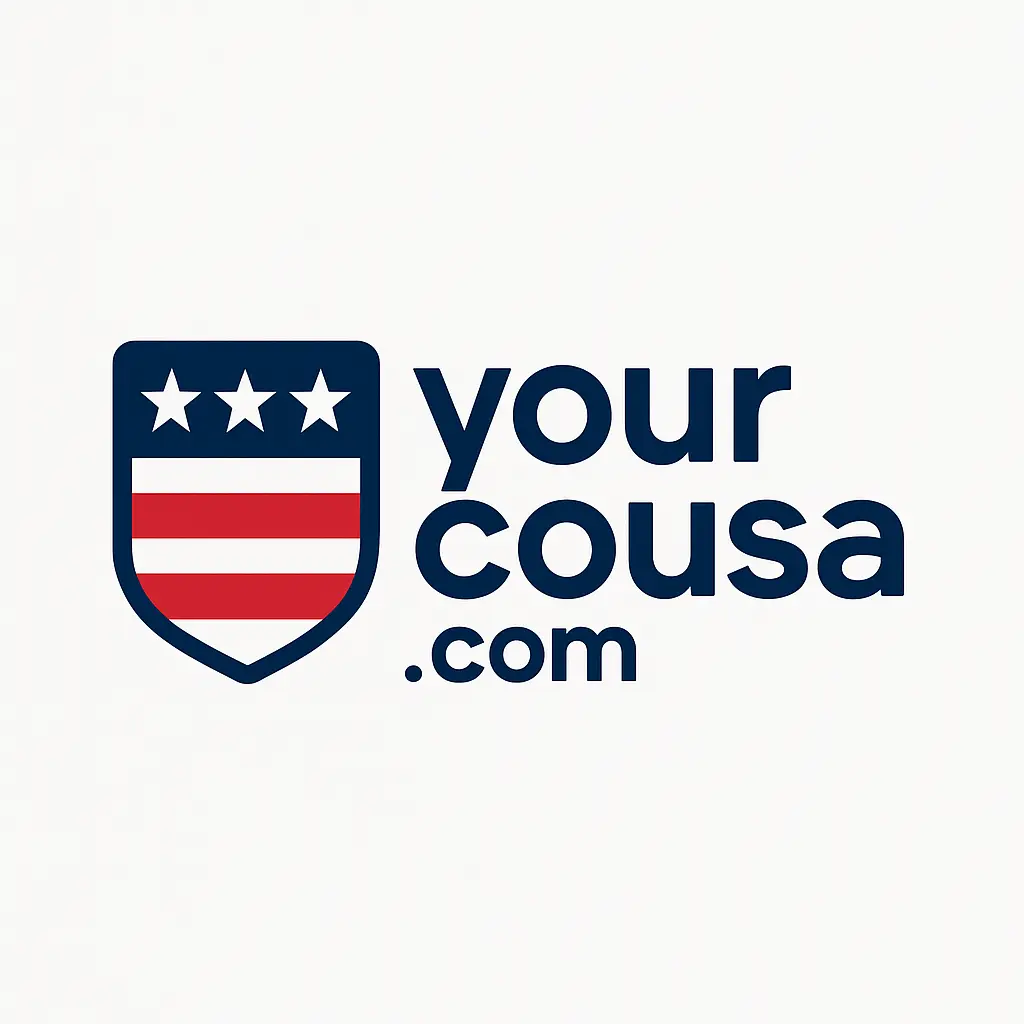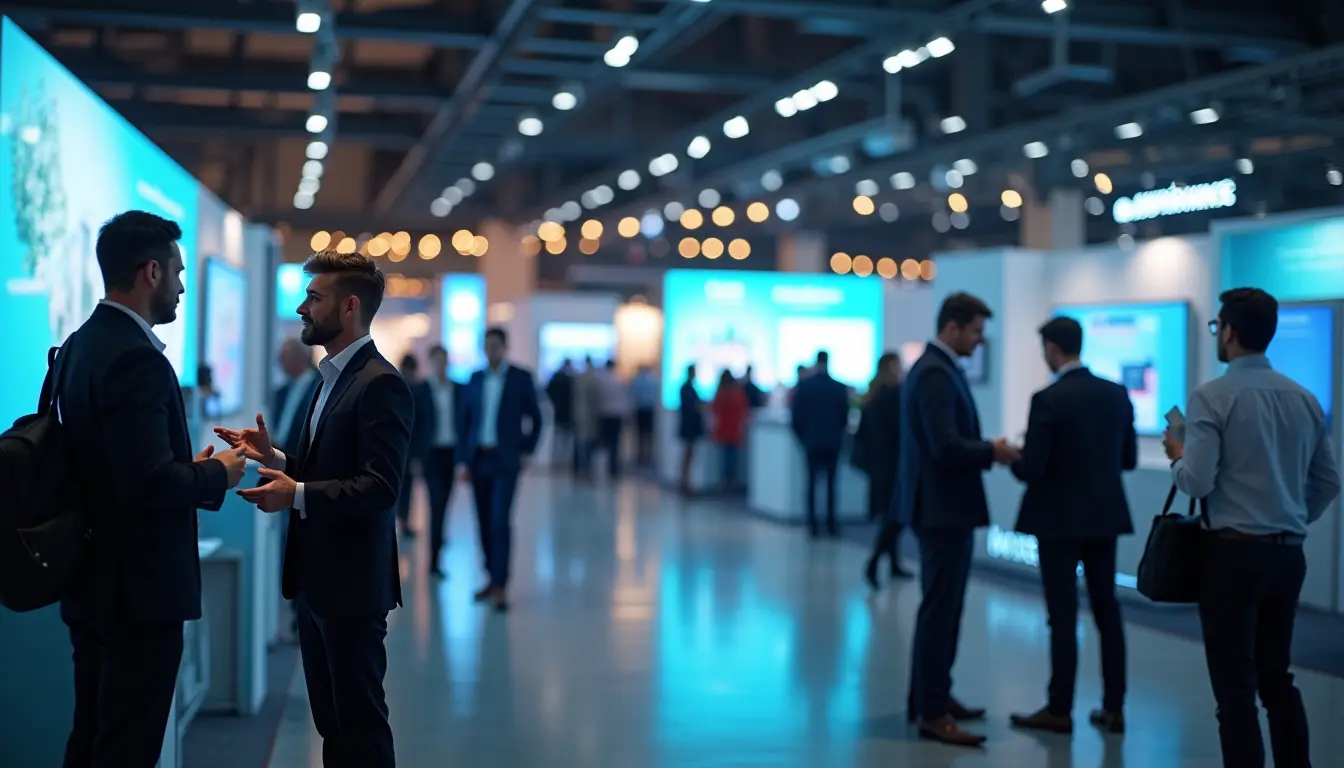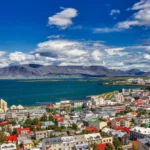Picture this: you’ve landed in a new city, badge in hand, surrounded by professionals from your industry. The tradeshow floor buzzes with energy—booths shining under bright lights, conversations flowing, opportunities waiting to be seized. Yet, behind the excitement, there’s a quiet pressure. Will your trip pay off? Will you leave with new connections, valuable knowledge, and leads that justify the investment? Or will the costs, fatigue, and missed chances outweigh the rewards?
That’s the reality of tradeshow travel. It’s not just about booking a flight and reserving a hotel room. It’s about careful planning, smart budgeting, and strategies that keep you both productive and energized while maximizing your networking opportunities. Whether this is your first tradeshow or your fiftieth, the way you travel and prepare has a direct impact on the success of your experience.
In this ultimate guide, you’ll discover how to:
- Save money on flights, hotels, and daily expenses without sacrificing comfort.
- Stay productive during hectic event schedules.
- Build connections that last far beyond the closing day.
By the end, you’ll not only know how to approach tradeshow travel with confidence, but also how to turn every trip into a business investment with measurable returns.

Table of Contents
Planning Your Tradeshow Travel Like a Pro
Your success begins long before you arrive at the tradeshow venue. The way you plan—where you stay, when you book, and how you structure your days—lays the foundation for a smooth and cost-effective trip.
Research and Book Early
If you’ve ever waited until the last minute to book flights or hotels, you already know the pain of skyrocketing prices. Tradeshow cities often see a surge in demand weeks before the event, and hotels near convention centers sell out fast. Booking early isn’t just about peace of mind—it’s a guaranteed way to cut costs.
- Flights: Aim to book 2–3 months in advance for domestic trips, and 3–5 months for international ones. Tools like Google Flights or Skyscanner let you track fare trends.
- Hotels: Convention hotels offer convenience but often at premium rates. Compare with nearby business hotels or Airbnb for alternatives.
- Event Blocks: Many tradeshows reserve blocks of rooms at discounted rates. Always check the official event website before booking independently.
Table – Cost Comparison: Booking Early vs. Last-Minute
| Booking Time | Average Flight Cost | Average Hotel Cost | Savings Potential |
|---|---|---|---|
| 3 Months Early | $350 | $180/night | 25–40% |
| 2 Weeks Before | $550 | $250/night | – |
Booking three months in advance can save you hundreds, and those savings can easily be redirected into marketing materials, client dinners, or extra networking opportunities.
Choosing the Right Location
When deciding where to stay, convenience and cost battle it out. Staying in the official hotel keeps you close to the action, but it often comes at a higher price. Staying farther away may save you money, but can add transportation costs and travel time.
Pros of Staying Near the Venue:
- Easy access to sessions and networking events.
- Saves time—ideal for early mornings and late-night mixers.
- Better chance of running into key people in common areas.
Cons of Staying Near the Venue:
- Higher nightly rates.
- Hotels sell out quickly.
- Extra noise and crowds.
Pros of Staying Outside the Venue Area:
- Lower room rates.
- Access to quieter neighborhoods.
- More food and transport options.
Cons of Staying Outside the Venue Area:
- Commute times (10–30 minutes).
- Possible transportation costs.
- Less spontaneous networking.
Saving Money on Tradeshow Travel
While tradeshows are an investment, they don’t have to drain your budget. The smartest travelers know how to stretch their dollars without compromising comfort or professionalism. With the right strategies, you can keep expenses under control and still enjoy a smooth, productive trip.
Budget-Friendly Accommodation Strategies
Hotels are one of the biggest expenses during tradeshow travel, but you have more options than you might think.
- Loyalty Programs: If you frequently travel for business, join hotel loyalty programs (Hilton Honors, Marriott Bonvoy, Hyatt World of Care). Free Wi-Fi, late checkout, and points toward future stays can save you money long term.
- Airbnb or Corporate Rentals: Great for group stays—splitting a rental among colleagues often costs less than booking multiple rooms.
- Alternative Business Hotels: Smaller chains or boutique business hotels away from the main convention area often cost significantly less.
- Event Block Discounts: Many tradeshows negotiate reduced rates with partner hotels. Always check the event website for exclusive booking links.
Pro tip: Book a hotel that offers free breakfast and Wi-Fi. These perks add up to big savings across a multi-day trip.
Smart Food & Transportation Tips
Food and transportation are sneaky expenses that can eat into your budget fast. Planning ahead helps you avoid overpriced meals and unnecessary transit costs.
- Eat Like a Local: Skip the $25 convention center lunch. Research nearby cafés, diners, or food trucks. Local restaurants usually cost less and give you a taste of the city.
- Pack Snacks: Energy bars, trail mix, and refillable water bottles save both money and time between sessions.
- Public Transit & Shuttles: Many tradeshows provide shuttle buses between partner hotels and the venue. Use them instead of ride-sharing when possible.
- Shared Rides: If you need a car, consider splitting rides with colleagues attending the same sessions.
- Transport Passes: Weekly passes for trains, buses, or trams often cost less than daily tickets.
Daily Budget Checklist
Creating a realistic daily spending plan keeps you accountable. Here’s a sample you can adapt:
| Category | Estimated Daily Spend | Notes |
|---|---|---|
| Breakfast | $0 (hotel included) | Save by choosing hotels with free breakfast |
| Lunch | $12–$15 | Local cafés/food trucks |
| Dinner | $20–$30 | Networking dinners or group meals |
| Transportation | $10–$15 | Public transit/shuttle rides |
| Snacks & Drinks | $5–$10 | Pre-packed or bought locally |
| Miscellaneous | $10–$20 | Tips, small purchases |
Total: $60–$90/day (versus $150+ if you rely on convention food and taxis).
Staying Productive While Traveling for Tradeshows
When you’re traveling for a tradeshow, it’s easy to get caught up in the chaos—long flights, packed schedules, and late-night networking. Staying productive ensures you make the most of your time without burning out.
Pack for Productivity
What you pack determines how well you function on the go. You don’t want to be the person scrambling for a charger or missing an opportunity because you forgot an essential.
Tradeshow Productivity Essentials Checklist:
- Portable phone charger (power bank with at least 20,000mAh capacity).
- Noise-canceling headphones for flights and busy areas.
- Lightweight laptop or tablet for presentations.
- Mobile hotspot or pocket Wi-Fi device.
- Business cards and/or QR code for digital contact sharing.
- Organized folder for flyers, brochures, and contracts.
- Comfortable shoes (you’ll walk miles on the tradeshow floor).
- Refillable water bottle and healthy snacks.
Bonus tip: Keep a “tech bag” inside your carry-on. That way, chargers, cords, and devices are always within reach.
Time Management During the Event
You’ll never be able to attend every session or meet every person. The key is managing your time to focus on the most valuable opportunities.
- Block Your Schedule: Before the event, mark must-attend sessions and networking mixers. Leave buffer time for meals, breaks, and unexpected opportunities.
- Use Calendar Apps: Sync event schedules to your Google Calendar or Outlook so you can receive reminders and adjust quickly.
- Prioritize People Over Sessions: Networking often brings more long-term value than sitting through every panel.
- Follow the 2-2-2 Rule: Each day, attend 2 learning sessions, meet 2 new contacts, and follow up with 2 existing relationships.
Maximizing Networking Opportunities at Tradeshows
Networking is often the true reason you attend a tradeshow. Yes, you’ll discover new trends, sit in on sessions, and maybe even close a deal or two—but the relationships you build are what deliver long-term returns. To get the most from your tradeshow travel, you’ll want a networking plan that begins before you arrive and continues well after you return home.
Pre-Event Networking
The biggest networking mistake you can make is waiting until you’re physically at the tradeshow to start connecting. Smart professionals begin weeks (or even months) ahead of time.
- Leverage LinkedIn: Search for the official event hashtag or page and see who’s posting. Connect with potential leads, partners, or colleagues, and send a personalized note.
- Engage in Event Communities: Many tradeshows have private Facebook groups, LinkedIn groups, or event apps where attendees gather. Participate early to get your name recognized.
- Schedule Meetings in Advance: Don’t leave networking to chance. If you know key people you want to meet, send a message like:
“I noticed you’ll be at [Tradeshow Name]. I’d love to grab coffee or connect at your booth. Are you available on [date/time]?” - Plan Your Elevator Pitch: You’ll be introducing yourself often. Prepare a concise but engaging 20–30 second intro highlighting who you are, what you do, and what you’re looking for.
Think of pre-event networking as planting seeds. By the time you arrive, people will already know who you are and be more open to connecting.
Effective In-Person Networking
Once you’re on the tradeshow floor, your energy, presence, and approach make all the difference.
Strategies for Building Strong Connections:
- Start with Small Talk: Simple openers like “What brought you to this event?” or “What’s been your favorite session so far?” work well.
- Offer Value First: Instead of immediately pitching your product or service, share insights, suggest resources, or connect them with someone else.
- Use Digital Business Cards: QR code apps let you share your contact info instantly, reducing the risk of running out of paper cards.
- Listen More Than You Speak: People remember how you made them feel, not just what you said.
- Track Contacts Immediately: Use a notes app or CRM to jot down where you met someone and what you discussed.
Mini List – Body Language Tips for Networking Success
- Maintain steady but friendly eye contact.
- Keep your handshake firm but not overpowering.
- Stand tall with open posture—avoid crossing arms.
- Smile genuinely to create warmth and approachability.
Post-Event Follow-Up
Your networking work isn’t finished when the tradeshow ends. In fact, follow-up is where most people drop the ball—and where you can stand out.
- Send Personalized Emails: Within 48 hours, send a message that references your conversation. For example:
“It was great chatting about sustainable packaging trends at [Tradeshow Name]. I’d love to continue our discussion and explore how our businesses might collaborate.” - Connect on LinkedIn: Add your new contacts to your network and engage with their posts to stay top of mind.
- Create a Contact Spreadsheet: Track names, companies, roles, conversation notes, and follow-up actions.
- Offer Something Valuable: Share an article, resource, or invite them to a webinar that aligns with your discussion.
The tradeshow may last three days, but the relationships you nurture afterward can last for years.
Common Tradeshow Travel Mistakes to Avoid
Even the most experienced travelers fall into traps that cost money, waste time, or limit opportunities. By being aware of these pitfalls, you’ll stay ahead of the curve.
- Overpacking Materials: Lugging too many brochures or giveaways can lead to extra baggage fees. Bring a small supply and restock strategically.
- Ignoring Hidden Costs: Wi-Fi fees, baggage charges, and overpriced meals can add up quickly. Budget for these in advance.
- Skipping Breaks: Running nonstop drains your energy. Schedule downtime to recharge.
- Only Focusing on Selling: People don’t want to be pitched constantly. Focus on building authentic connections instead.
- Not Planning Transportation: Forgetting to arrange airport transfers or relying on last-minute rides can create unnecessary stress.
Conclusion:
Every tradeshow trip is a chance to learn, grow, and expand your professional circle—but only if you approach it strategically. When you plan ahead, budget wisely, and focus on genuine connections, tradeshow travel shifts from being a costly obligation to a valuable investment in your career or business.
FAQ : About Tradeshow Travel
Is it worth attending international tradeshows?
International tradeshow travel can be expensive, but the opportunities are huge if you’re expanding into global markets.
What’s the best way to network if I’m introverted?
If you’re introverted, networking at a tradeshow can feel intimidating. Start small by attending smaller breakout sessions or roundtable discussions where conversations are easier to join.
Can I combine tradeshow travel with leisure time?
Yes—this is known as “bleisure travel.” If your schedule allows, arrive a day early or stay a day later to explore the city.
How do I prepare for tradeshow travel if it’s my first time attending?
If this is your first tradeshow, preparation is everything. Start by researching the event schedule, speakers, and exhibitors so you know which sessions matter most to you.








Leave a Reply